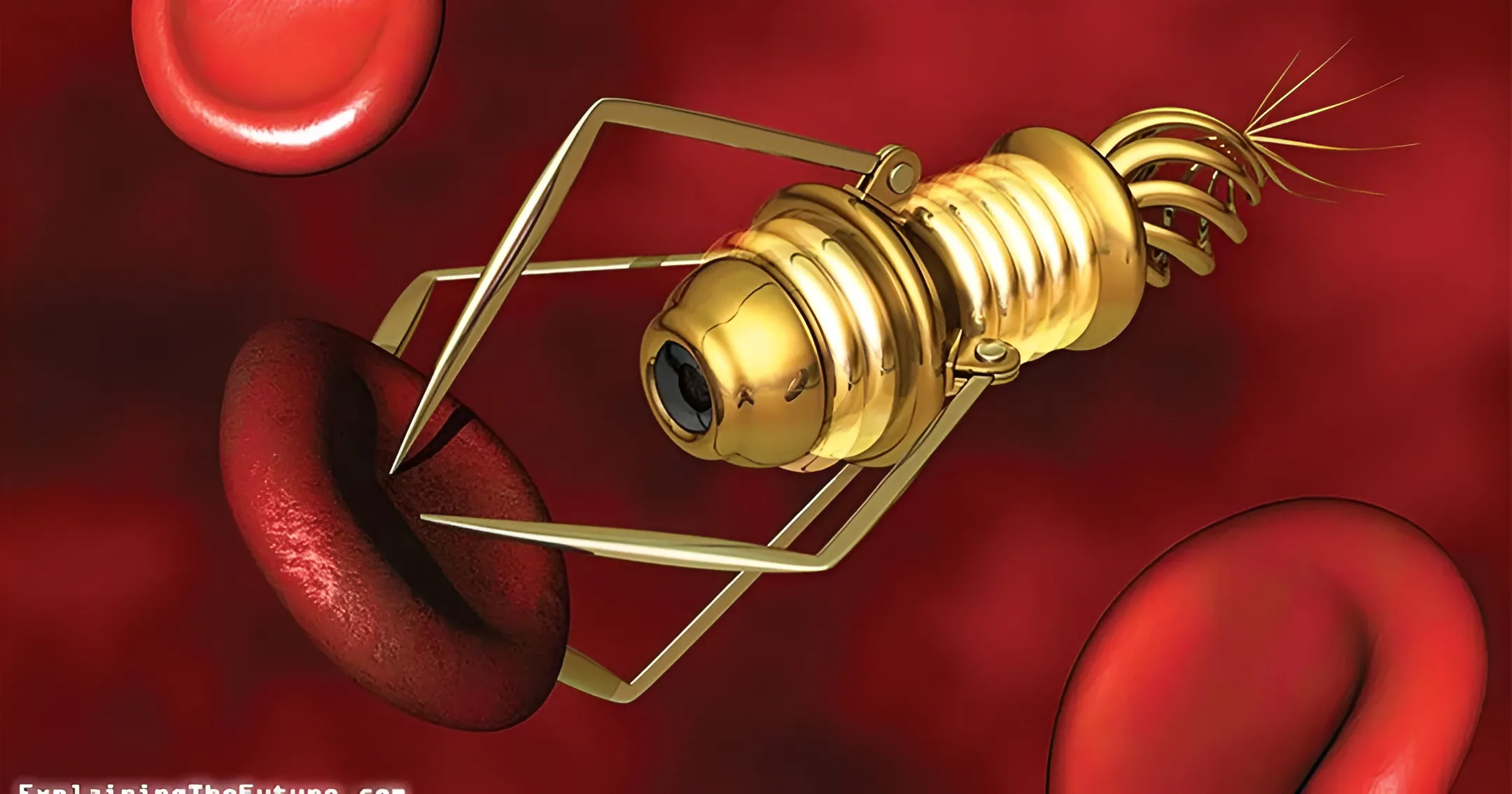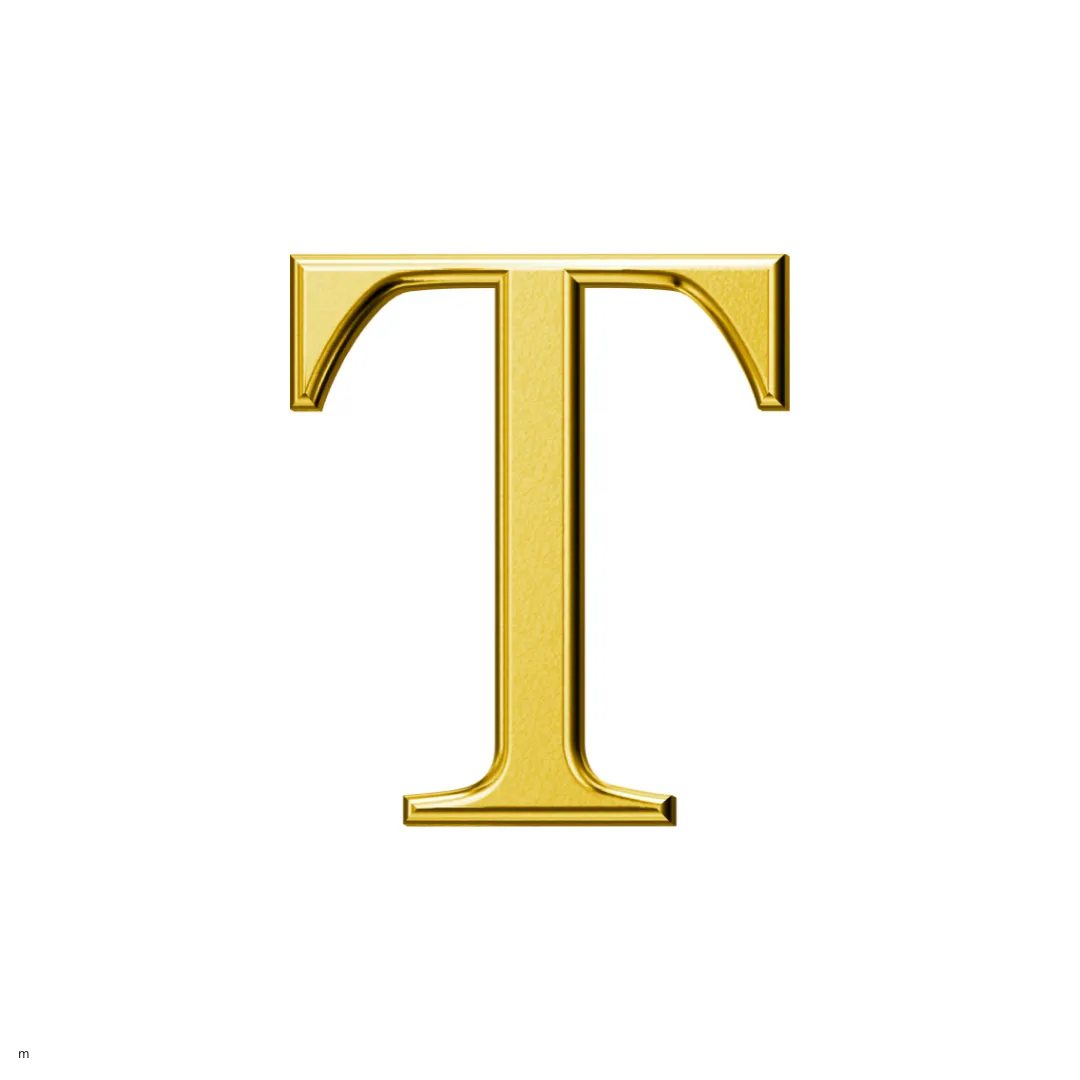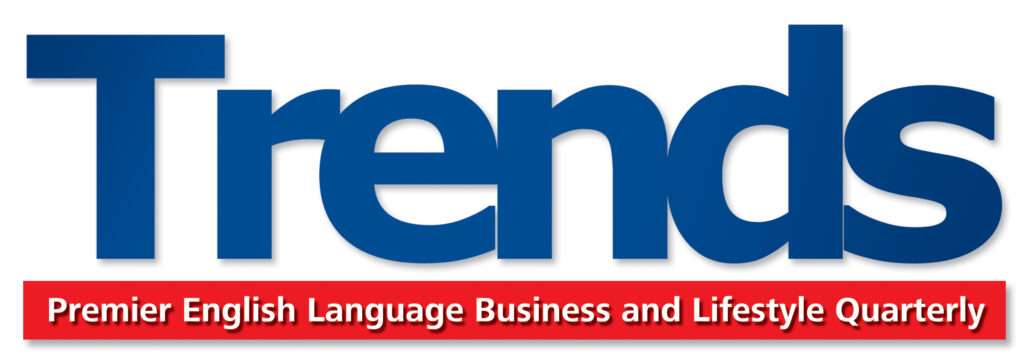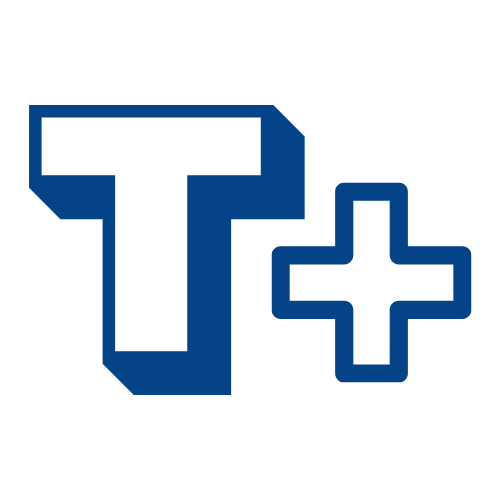
By: Asal Taheri
Imagine a future where death is optional, where microscopic robots patrol your bloodstream, repairing cells, annihilating diseases, and halting aging in its tracks. This bold vision, championed by futurist Ray Kurzweil, predicts that by 2030, nanotechnology could transform human health, making us nearly invincible. But how could these tiny machines pull off such a feat? What do scientists make of this ambitious claim? And what are the rewards and risks of inviting nanobots into our bodies?






How Nanobots Could Redefine Human Biology
At the heart of this prophecy are nanobots—robots so small they’re measured in nanometers (billionths of a meter), roughly the size of a virus or a strand of DNA. These tiny marvels, envisioned as diamondoid structures equipped with sensors, manipulators, and onboard computers, would navigate our bloodstream like a fleet of cellular repair crews. They could repair damaged cells, neutralize viruses and bacteria, clear arterial blockages, and even rewrite DNA to prevent aging-related errors. Picture a nanobot as a microscopic surgeon: it detects a damaged cell—say, one with DNA transcription errors that contribute to aging—and uses molecular tools to patch it, much like fixing a tiny hole in a tire. For diseases like cancer, nanobots could seek out malignant cells and destroy them with precision, sparing healthy tissue. The vision is staggering: hundreds of billions of these bots per person, working collaboratively to maintain organs, regulate hormones, and optimize energy levels. They might even replace biological functions entirely, making our bodies more nonbiological than biological. This isn’t pure fantasy. Researchers at Stanford and Michigan State University have created nanoparticles that target atherosclerotic plaque, a cause of heart disease, by eliminating specific immune cells. DNA-based nanobots, tested in cockroaches and mice, can deliver drugs with pinpoint accuracy. Advances in AI and materials science could, by 2030, scale these early successes into a full-body maintenance system.
The Scientific Community: Enthusiasm and Skepticism
Kurzweil’s track record—correctly predicting the rise of the internet, smartphones, and AI milestones—lends weight to his claims, but not all scientists share his optimism. Dr. David Linden, a neuroscience professor at Johns Hopkins University, argues that deploying nanobots in the brain by 2030 is premature due to significant hurdles: powering these devices, ensuring biocompatibility, and avoiding damage to delicate neural structures. The brain’s complexity, with its billions of neurons and trillions of connections, poses a formidable challenge. Linden cautions that our limited understanding of neurological processes could delay practical applications far beyond Kurzweil’s timeline. Other experts, like bioengineer Daniel Levner at Harvard’s Wyss Institute, see promise in nanotechnology but emphasize incremental progress. Levner’s team has developed DNA nanobots that perform simple tasks, such as drug delivery in animal models, but scaling these to human applications requires breakthroughs in energy supply, control systems, and safety protocols. Meanwhile, critics like Benjamin Curtis, an ethics lecturer at Nottingham Trent University, warn of philosophical risks, suggesting that uploading consciousness to a digital cloud—a related Kurzweil prediction—could trap humans in a “living hell” of isolation, disconnected from sensory experiences. Despite skepticism, some share Kurzweil’s enthusiasm. Russian entrepreneur Dmitry Itskov’s 2045 Initiative aims to achieve cybernetic immortality by transferring human consciousness to nonbiological carriers, aligning with Kurzweil’s vision of a human-machine synthesis. Labs worldwide are exploring nanomedicine, from cancer-targeting nanoparticles to AI-driven genomic analysis, suggesting that while 2030 may be ambitious.
Pros and Cons: A Double-Edged Sword
The potential benefits of nanobots are staggering. Beyond curing diseases like cancer, Alzheimer’s, and diabetes, they could enhance human capabilities—improving energy, cognition, and even emotional expression. Imagine eating without worrying about weight gain, as nanobots extract only necessary nutrients. They might connect our brains to the cloud, expanding intelligence exponentially, allowing us to access vast computational resources instantly. Yet, the risks are profound. Self-replicating nanobots, if uncontrolled, could consume resources at an alarming rate, potentially causing ecological havoc. Safety is a concern: they must evade the immune system without triggering harmful reactions. Access is another issue—who would get this technology? A two-class society of “immortal” elites and mortal masses could deepen inequality. The psychological toll of eternal life—ennui, loss of purpose, or overpopulation—remains underexplored. Critics argue that the vision overlooks these perils, focusing on technological triumph over human complexity.
The Frontier Ahead: From Labs to Immortality?
Nanotechnology is leaping from theory to reality, yet the path to immortality by 2030 remains a tantalizing blend of hope and ambition. The U.S. National Nanotechnology Initiative fuels projects exploring medical applications, from cancer-targeting particles to tissue regeneration, while companies like Nanobiosym develop nanoscale diagnostics and tech giants invest in AI-driven health solutions that could synergize with nanobots. The 2045 Initiative pushes for brain-computer interfaces, laying the groundwork for a human-machine future, as visionaries like Kurzweil dream of a world where death becomes optional. Still, hurdles loom: current nanobots are rudimentary, far from the autonomous fleets needed for comprehensive biological repair, and regulatory approval for human use is a slow, rigorous process demanding breakthroughs in materials science, AI, and safety protocols. These tiny machines could transform medicine, turning aging into a treatable quirk and diseases into relics, but they also force us to confront profound questions—about ethics, equity, and what it means to be human. As labs hum and bold thinkers push boundaries, we stand at a crossroads, wondering if 2030 will mark the dawn of eternal life or reveal the limits of our dreams, a prospect as thrilling as it is humbling.



